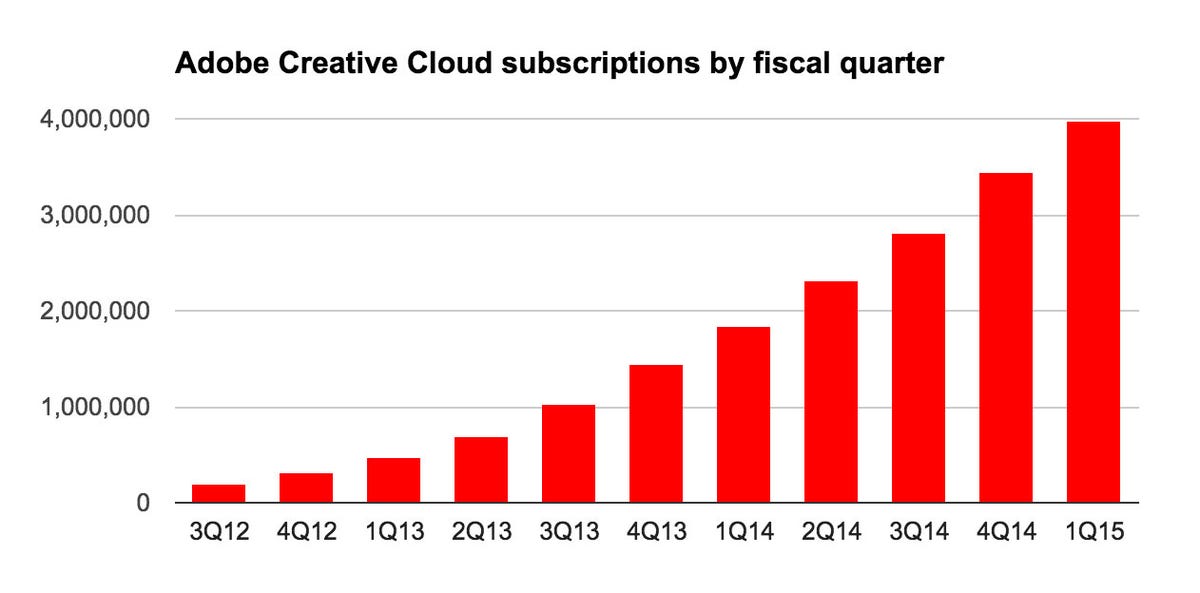
Screenshot by Stephen Shankland/CNET
Adobe Systems released software Thursday that lets Photoshop customers handle raw images from the latest Canon and Nikon SLRs — and which hints that an overhauled version of the Lightroom photography software could be coming soon.
The new Adobe Camera Raw plug-in lets Photoshop handle raw files from Nikon’s $900 D5500 and Canon’s $750 EOS 750D and $850 EOS 760D , camera models geared for enthusiasts, with better image quality and lens flexibility than a mobile phone camera can provide. The update also supports new compact “mirrorless” models, Panasonic’s Lumix GF7 , Olympus OM-D E-M5 II and Fujifilm’s X-A2. It can also automatically correct problems in many new lenses, including the one used in DJI’s new Inspire 1 drone.
Adobe updates its Lightroom software for organizing and editing photos at the same time it updates the closely related Photoshop raw plugin. This time, though, there’s only the Photoshop plugin, suggesting that a major Lightroom update is near.
Why? In the past, Adobe has updated the raw plugin but not the corresponding Lightroom release because a major Lightroom update was waiting in the wings. On top of that, a plausible-looking Lightroom 6 product page appeared on the website of French retailer FNAC in February.
Adobe must modernize Lightroom to keep it competitive in a fast-changing photography landscape. The current Lightroom 5 wasn’t a major advance, and though it’s still popular with enthusiasts, more and more people shoot, edit and share photos with their phones. Their phone’s camera roll, not an archive on a computer, becomes a central photo library, and that threatens Adobe’s core business.
That’s why Adobe is pushing a version of Lightroom for tablets and phones. And if the leak is right, it’s got new features to keep the core audience happy and coming back to their PCs, too.
Juicy new features?
Among the purported new features are the ability to merge several shots taken at different exposures into a single high-dynamic range (HDR) shot that better spans the range of bright to dark; support for stitching multiple shots into panoramas; face recognition to more easily catalog shots; and a boost from the graphics chip for the computationally intense process of editing raw photos.


Adobe Systems
Lightroom is geared in particular for photos shot in that require more processing work but offer higher image quality than the mainstream JPEG format. Higher-end cameras all support raw images, and so do a few Windows Phone and Android 5.0 smartphones.
Adobe didn’t respond to a request for comment for this story.
Adobe has hinted at some of those features for years. The 2012 revision of Adobe’s Digital Negative (DNG) format included support for transparent pixels needed to accommodate patchy panoramas and for the greater dynamic range of HDR shots.
Key to Lightroom is a nondestructive workflow that preserves the original raw data for maximum flexibility and quality. The DNG work lets photographers carry more of that flexibility and quality to panoramas and HDR shots than if the original frames were converted to JPEG or TIFF formats.
Performance boost
New abilities are nice for HDR and panorama fans, but better performance helps every Lightroom customer. Plenty of photographers get irritated by the long rendering times for raw shots. GPU acceleration of raw editing could provide a boost, and potentially save battery power for mobile users at the same time.
To be viewed on a screen, digital photos require intensity values for red, green and blue for each pixel. But raw photos have only one of those colors for each pixel because of the way digital image sensors capture the light. Filling in the missing colors, a process called debayering or demosaicing, takes a lot of work — especially with SLRs now routinely shooting at 24 or 36 megapixels, and with 50 megapixels on the horizon .
Adobe added GPU support for raw video in its video-editing software, Premiere Pro, in 2014. So why not add it to Lightroom, too? At the time, Adobe said it wanted to avoid the delays incurred by transferring image data from CPU memory to GPU memory:
It’s very “expensive” to move data to and from the GPU relative to the current processing time for the CPU…And it’s important to note the distinction between video and image data in that the video frames rarely exceed 8MP of data when we routinely work with up to 36MP of data in one “chunk.” We’ve been actively evaluating this area for many years and look forward to sharing the benefits once we’re able to build them into the product.
Maybe that time is now.
Subscription only for Lightroom?
Adobe is in the midst of a major transition in how it sells its software. For decades it sold perpetual licenses that let people use software forever but required them to pay for updates. Now it’s partway through a shift to its Creative Cloud subscription plan, for which customers pay monthly. The full suite of Adobe’s software costs $50 per month for a full-year commitment and includes assorted services; a photography-specific package with Lightroom, Photoshop and Lightroom Mobile costs $10 per month.


Stephen Shankland/CNET
Thus far, Adobe has continued to sell Lightroom both through subscriptions and through traditional perpetual licensing. It’s not clear if Adobe will discontinue the perpetual licensing, but if it does, it could trigger an echo of the loud dissatisfaction voiced by those who were unhappy to hear their Creative Suite products wouldn’t be updated.
Adobe continues to woo people to the subscription plan. In its most recent quarter, the company signed up 517,000 new subscribers, raising the total to 3.97 million. “We continue to successfully migrate the Creative Suite installed base,” Chief Executive Shantanu Narayen said Tuesday.
What he didn’t say was that for the first time, the company didn’t have more new subscribers than for the previous quarter since Adobe launched Creative Cloud in 2012. And the 517,000 subscriptions fell short of Wall Street analysts’ consensus expectation of 573,000.
Despite that, Adobe beat expectations for several other measures, including revenue of $1.11 billion, net income of $84.9 million, and recurring revenue from its digital media business running at an annual rate of $2.09 billion. When Adobe switched to subscriptions, revenue dropped as customers shifted from big up-front license payments to smaller steady payments, but the recurring revenue of subscriptions makes it easier for Adobe to predict future financial conditions.




